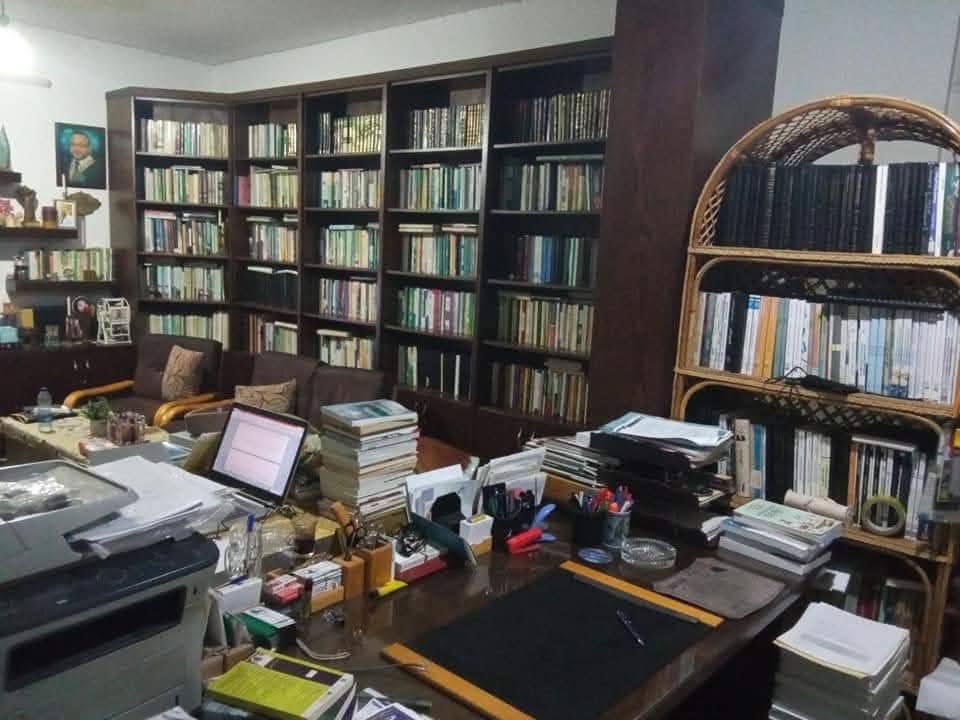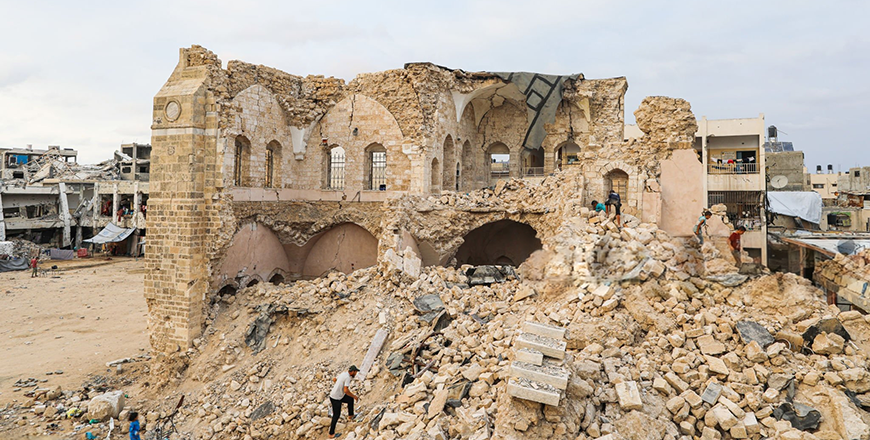Paris Exhibit Itches Out GAZA
As Israel’s continues its devastating war and relentless humanitarian blockade, the ancient Gaza Strip – once a radiant Mediterranean hub of commerce, culture, and religious coexistence – now faces a deeper erasure: not just from maps, but from the world’s collective memory.
A new exhibition at the Institut du Monde Arabe in Paris, titled ‘Gaza’s Saved Treasures: 5,000 Years of History,’ seeks to resist that disappearance. Running from April to November this year, the show presents around 100 archaeological masterpieces that illuminate Gaza’s extraordinary legacy as a crossroads of civilizations – from the Bronze Age to modern times.
The exhibition is both a celebration and a lament: a tribute to Gaza’s millennia-old cultural wealth, and a sober reckoning with what has been lost to Israel’s deadly occupation.
Gaza’s strategic location has always made it a coveted prize for empires – Egyptian, Persian, Roman, and Ottoman – but it was also a channel for connection, where cultures and religions converged.
The exhibit – with amphorae, oil lamps, coins, statuettes, and mosaics on display – tells the story of Gaza as a vital Mediterranean port and cultural meeting point.
Its history – shaped by Canaanite, Egyptian, Philistine, Neo-Assyrian, Babylonian, Persian, Greek, Roman, Byzantine, Islamic, and Crusader influences – reveals a city that flourished at the heart of ancient trade and intellectual exchange.
Among the most striking items is a dazzling Byzantine mosaic from Jabaliya, part of an ecclesiastical complex reflecting Gaza’s early Christian heritage.
Nearby, amphorae once used in the wine trade testify to the city’s crucial role in Mediterranean commerce, while figurines blend Egyptian motifs with Hellenistic gods, echoing a world of syncretism and porous cultural boundaries.
Race against oblivion
Since the start of Israel’s war on Gaza in October 2023, the territory’s cultural heritage has suffered catastrophic damage.
According to UNESCO, nearly 70 cultural sites have been destroyed or severely damaged, including the historic Greek Orthodox Church of Saint Porphyry – one of the oldest active churches in the world.
Where once stood mosaics, temples, and centuries-old tombs, there are now craters and rubble due to Israel’s ongoing bombardment. In this context, the exhibition in Paris becomes something urgent and defiant: a safeguard for memory, a museum in exile.
Much of the exhibition’s content is drawn from a trove of over 500 artifacts housed since 2007 at Geneva’s Museum of Art and History, entrusted to Switzerland by the Palestinian National Authority for safekeeping.
Many of the works stem from Franco-Palestinian excavations launched in 1995, supplemented by pieces from private collections – some of which are being shown publicly for the first time.
The curators have taken care not to separate Gaza’s ancient grandeur from the present-day suffering inflicted by Israel.
One dedicated section of the exhibition uses satellite imagery and field reports to map the devastation inflicted on cultural heritage since 2023.
French, Swiss, and Palestinian scholars have contributed rare documentation – including early 20th-century photographs of Gaza – that provide a visual archive of what once was and what may never return.
The exhibition makes no attempt to hide the political context. It explicitly refers to the destruction as part of “Israel’s brutal genocide,” anchoring the cultural annihilation in a broader system of occupation, blockade, and war.
By doing so, the Paris exhibition challenges the silence often surrounding cultural loss in war zones, raising questions about the responsibilities of international institutions and the politics of preservation as reported in Anadolu.








